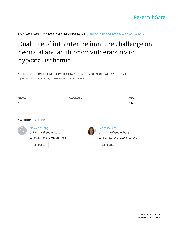摘要
Epidemiologic evidence has underlined the impact of prenatal inflammation on the development of postnatal hypoxia-ischemia (HT) brain injury. To study to what extent prenatal inflammation affects CNS vulnerability later during development, C57BL/6 mice were subjected to intrauterine injection of lipopolysaccharide (LPS) at gestational day 15. At postnatal day (PND) 5, 9, and 70, the offspring were subjected to HI. It was found that, in neonatal mice, LPS-exposed brains showed markedly enhanced brain injury after HI, whereas in adult mice, LPS exposure resulted in a significant reduction in tissue loss after HL Reduced myclin in subcortical white matter was noticed after HI in the LPS-exposed brains at PND14 and PND75. Increased activities of nuclear factor-KB and caspase-3 were obtained in fetal/neonatal brain after LPS administration. Conclusions were that 1) a prenatal low dose of LPS sensitized to HI-induced brain injury in neonates but confers protection in adulthood, 2) reduced myelination is seen after prenatal LPS exposure and HI in both neonatal and adult mice despite the fact that LPS reduced total tissue loss in adult mice; and 3) nuclear factor-KB and caspase-3 activation early after LPS exposure may play a role in the sensitization/protection (preconditioning) effects.
- 出版日期2007-6
- 单位郑州大学
